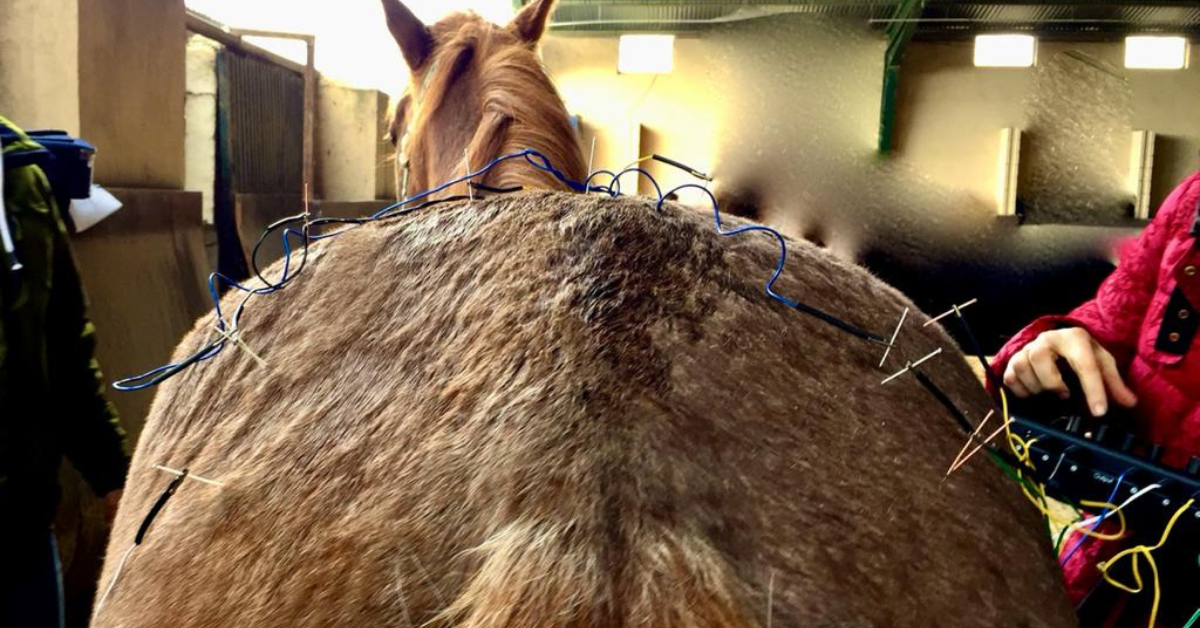
Traditional Chinese Veterinary Medicine (TCVM), although relatively new to the Western world, is a complete medical system that has been used to treat animals in China for thousands of years. It involves different branches, like Chinese Herbal Medicine (CHM), which utilizes herbal ingredients listed within the Chinese Herbal Materia Medica in particular combinations or formulas to treat disease patterns. Chinese Herbal formulas are typically administered orally and given in powder form to horses), Nutrition (evolves the use of foods to treat and prevent imbalance within the body. It utilizes knowledge of the energetics of food ingredients to tailor diets for individual animals), Tui-Na (A form of Chinese medical massage in which different precise manipulations are applied to the patient to promote the circulation of Qi / Blood and correct imbalances within the organ systems), and of course Acupuncture.
Being the most popularly applied in the veterinary field, acupuncture consists on the insertion of fine, sterile needles into the “acupuncture points” – loci located on skin with high electrical conductivity, surrounded of massive quantities of connective tissue and collagen, terminal nerves, blood vessels and cells, in order to stimulate them and achieve the restoration of patients health using different pathways like neurological or hormonal, to just name a few.
Nowadays, the practice of TCVM in the Western world differs from its Chinese origins.
Veterinary acupuncture and TCVM in China were primarily used for agriculturally important species such as cattle, pigs, and horses, being the horse the best well-studied animal for acupuncture. However, in modern Western society, the use of acupuncture has become popular as well in companion animals like dogs, cats, or birds. Equine acupuncture began with the practitioners, Zao Fu and Bo Le. Zao Fu used hemo-acupuncture at Jing-mai (on the jugular vein at the junction of the upper and middle third of the jugular groove) to treat horses during Zhou-mu gong period (947 to 928 B.C.). Bo Le was an equine veterinary specialist who lived during the Qing-mu-gong period (659-621 B.C.). His expertise was not only in treating horses but in his ability to identify a Qian-li-ma or a good racehorse.
Such a long and deep history must have strong roots and bases that had overcome despite the millennials because of its efficacy.
Many of the ancient techniques have been modified to fit western perceptions and medical practice. For example, the needles used today are sterile, solid, and very thin. The traditional tools were large, non-sterile needles of various shapes and sizes.
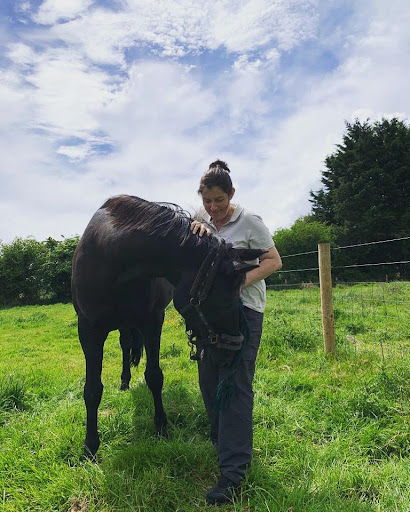
Nowadays western practitioners may combine TCVM with a variety of other medical or complementary techniques such as chiropractic or western herbal medicine, to give an example. These modifications are not inherently good or bad but are merely part of the system’s continued development.
When we approach TCVM, it may seem that their principles and the Western Veterinary medicine (WVM) ones are separated by a great abyss. These medical systems are not mutually exclusive. Each has aspects that place them on opposite ends of the spectrum, but there is a large area of overlap between them.

In general, WVM believes in control while TCVM believes in balance.
WVM is more mechanistic while TCVM is more energetic.
Western vet practitioners are very familiar with analyzing a disease process to discover its specific, fundamental, physical cause whether this is an infectious agent, an enzymatic defect, or a toxic insult. On the other hand, TCVM practitioners recognize diseases as an imbalance in the body. They understand that the body is an integrated, energetic structure, and that disturbance of energy flow creates disease in the whole organism. When a disease pattern is identified, one can restore balance and health by helping the body regulate itself.
Both systems rely on medical history and physical examination to make a diagnosis or identify a Pattern.
Despite the most known actions like pain control, improvement of the performance or anti-inflammatory effect, acupuncture and TCVM as whole medical system can treat successfully almost any chronic conditions like musculoskeletal problems: sprains, strains, myositis, tendinitis, fasciitis, lameness from different areas, hip / sacroiliac problems, or hindquarter weakness to just name a few.
TCVM benefits in chronic respiratory conditions like COPD, gastric issues such as bloating and diarrhea, dermatological problems (sarcoid, sweet itch, allergies, rushes..) Neurological conditions like shivers, headshaking, and paresis or paralysis are treated by implementing modalities like electroacupuncture or acupuncture.
Hormonal dis-balances, reproductive syndromes, and any internal disease that would chronically affect the organs and systems, will benefit from TCVM as well.
Acupuncture should not be painful at all, however some horses are more sensitive to the insertion of needles and they will react to it.
9 of each 10 horses will fall asleep and relax after needling, letting anti-inflammatory substances and neurotransmitters like serotonin, endorphins or dopamine being released and acting to balance the body. The mechanism of action of acupuncture is well studied since last century and in conclusion, researchers determined that there is not only a sole system working but the collection of different theories that play a big role and work together to restore the health of the patient. There are strong and weak reactors, but in general horses react to acupuncture within the first treatment.
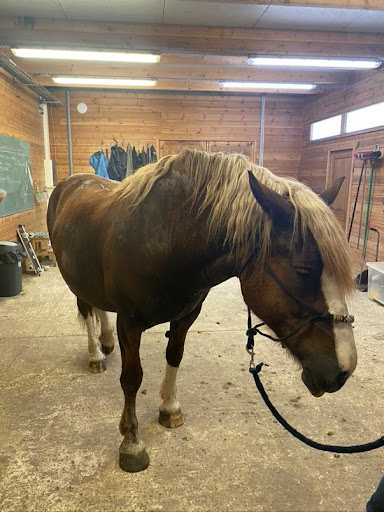
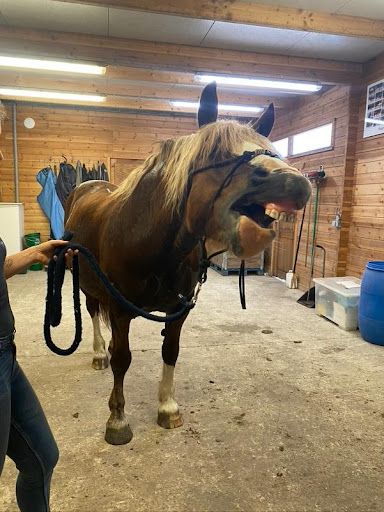
This depends on the pathology and the patient’s “constitution”.
Some horses have enough with 1- 5 minutes treatment, and they are able to shake the needles when the time is done. Some others need 45 minutes. An average timing is about 20-30 minutes. For this, it is very important to respect the individuality of each patient.
Especially horses are the fastest domesticated animals responding to acupuncture, with this we expect to obtain a minimum of 50% improvement within the first treatment, being 80% the normal rate of improvement in chronic conditions like pain control on back pain or lameness, among others.
Horses are amazing creatures that can respond to acupuncture like no others in nature.
Across the next articles I write, I will deepen more in the different and more specific pathologies that can be treated very successfully with acupuncture and Traditional Chinese Veterinary Medicine. If you have any doubt or question, you can always directly contact me through email and I will be very happy to help.
Remember that acupuncture is a medical condition that can only be safely applied in animals from a Certified Veterinary Acupuncture (CVA) Practitioner, this is a veterinarian that specialized in acupuncture and ideally in Traditional Chinese Veterinary Medicine.
Dr. Lorena A. LLoret-Nadal
DVM, MS, CVA, CVCH, CVFT, CVTP, VCI, VDS
doc.lloret@eurochiforhorses.com


Share
Your subscription is 100% Free for our first year, No credit card details required.
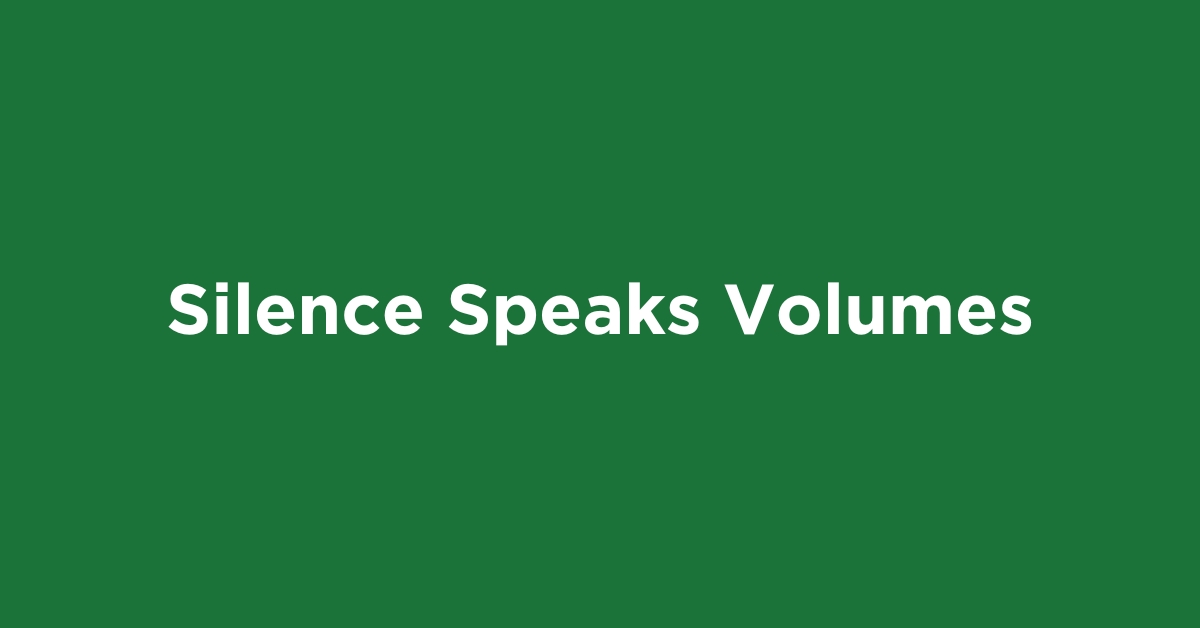
In the wake of Horse Sport Ireland’s (HSI) recent governance changes, questions and concerns have bubbled up from the grassroots
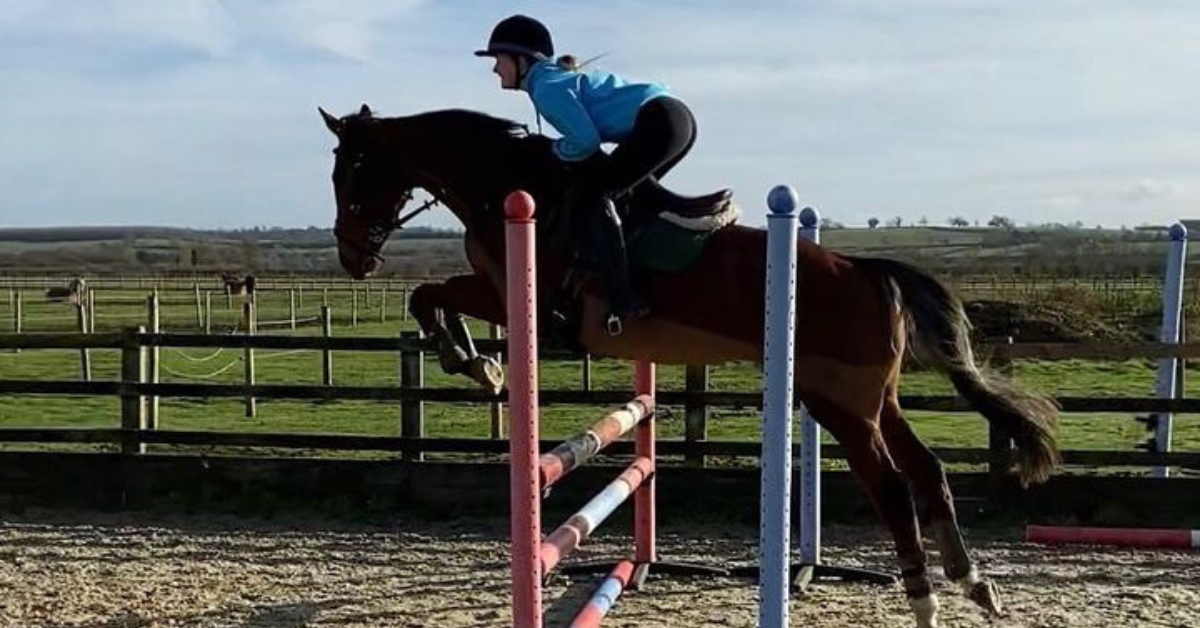
Molly Perkins: Triumph Over Adversity and Inspiring a New Generation At just 21 years old, Molly Perkins is not just

Anybody who was lucky enough to know Jack, or even to have met him briefly will know that his love